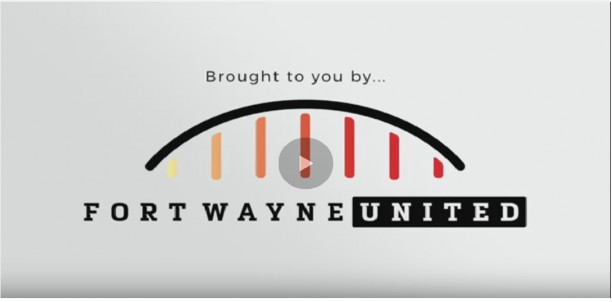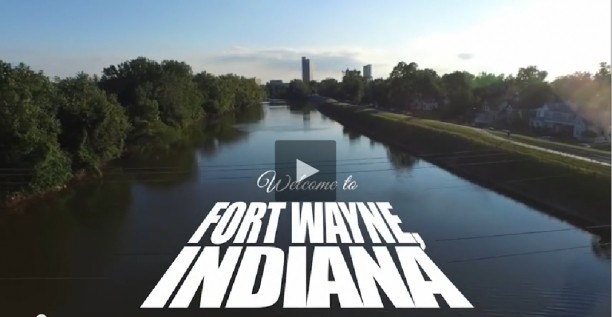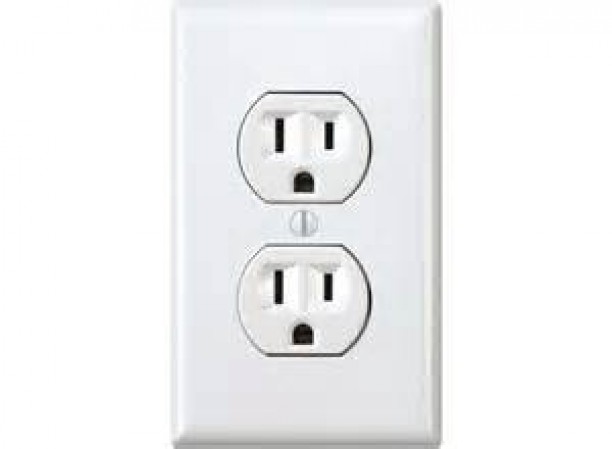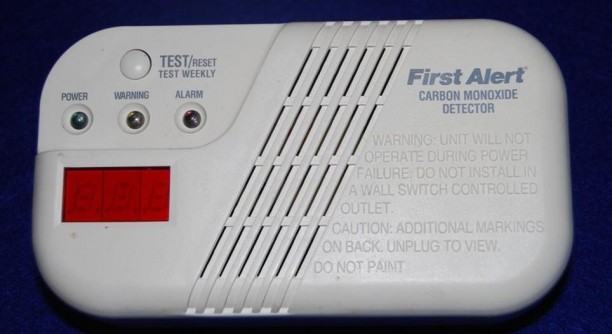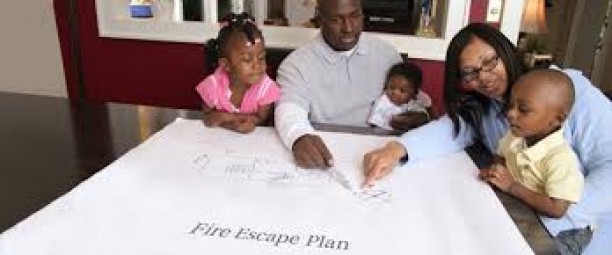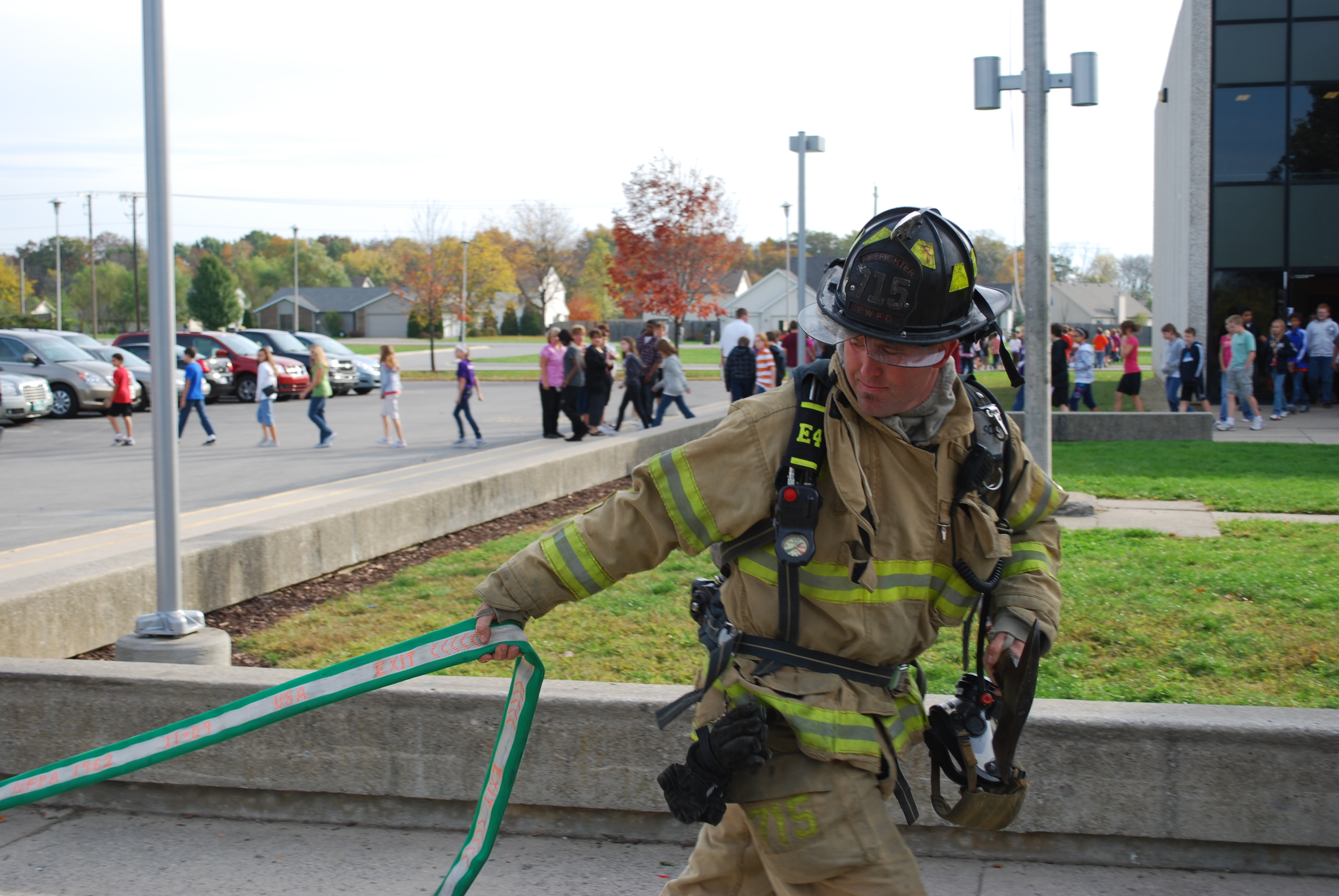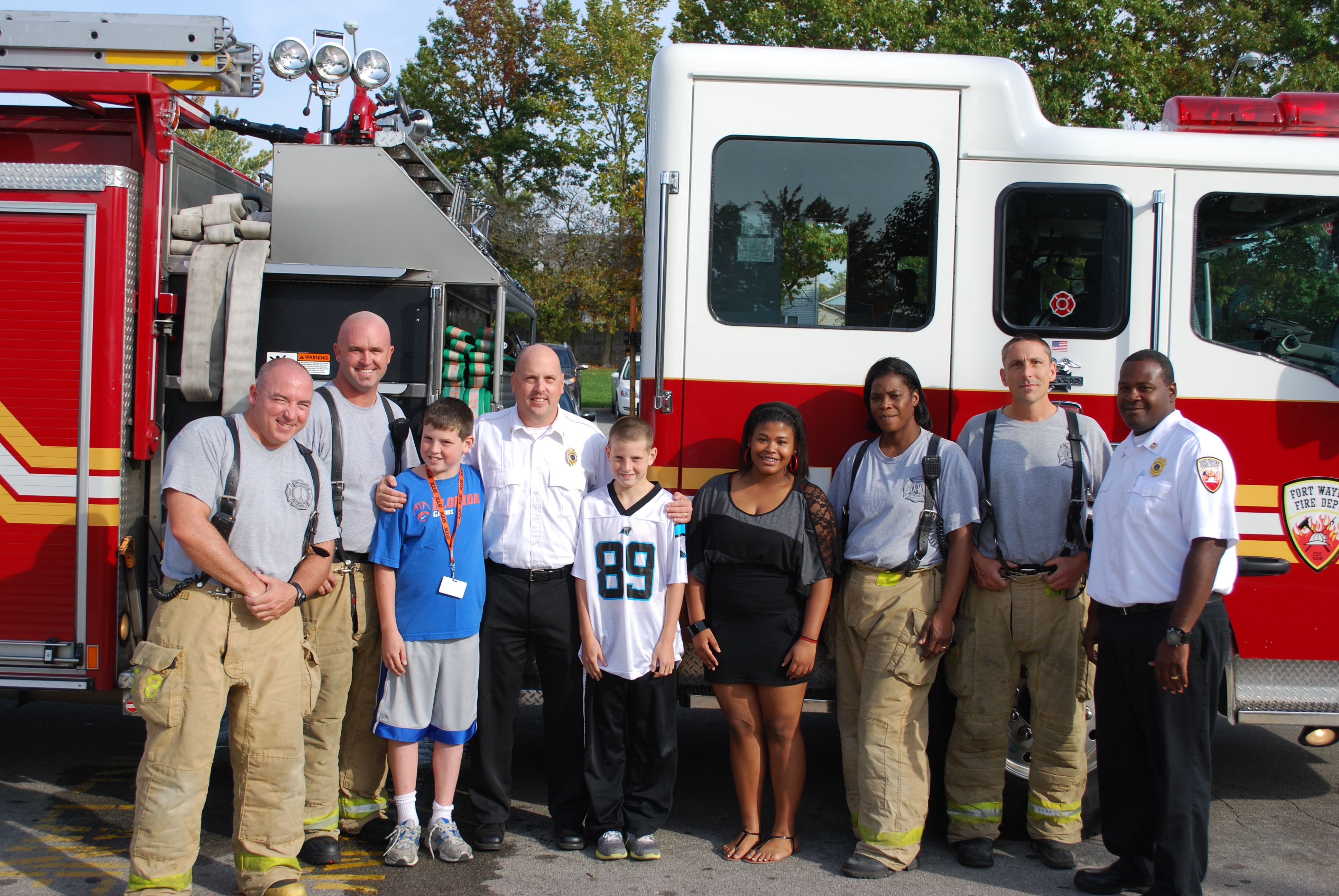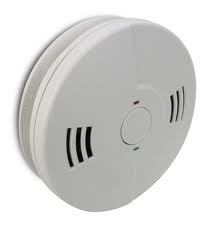Choosing a Christmas Tree Wisely
 According to the National Fire Prevention Association (NFPA), while Christmas tree fires are not common, they are likely to be serious when they occur. About five percent of home Christmas tree fires result in death.
According to the National Fire Prevention Association (NFPA), while Christmas tree fires are not common, they are likely to be serious when they occur. About five percent of home Christmas tree fires result in death.
The Fort Wayne Fire Department is encouraging everyone to select and maintain their Christmas tree carefully to reduce the risk of fire.
Selecting a Tree
- When buying a live Christmas tree, choose the freshest tree possible. Harvest your own at a Christmas tree farm, or select a freshly cut tree that hasn't been on the sales lot long.
- Choose a tree with fresh, green needles that do not fall off when touched.
- If you choose an artificial tree, be sure it is identified by the manufacturer as fire retardant.
Placing the Tree
- Before placing the tree in the stand, cut 1-2 inches from the base of the trunk.
- About twenty percent of Christmas tree fires are caused by a heat source located too close to the tree. Make sure the tree is at least three feet away from any heat source (heat vent, fireplace, space heater, etc.). The heat will dry out the tree, causing it to be more easily ignited by heat, flame or sparks.
- Keep ash-trays away from the tree and be careful not to drop cigarette ashes near a tree.
- Make sure the tree does not block an exit.
- Keep the tree stand filled with water at all times. Add water daily to the tree stand. Live Christmas trees dry out quickly once they're brought into a home. A dry Christmas tree can quickly go up in flames.
Lighting the Tree
- Never use candles to decorate a tree, and keep all candles away from the tree, garland, and other decorations.
- Use Christmas lights that have the label of an independent testing laboratory.
- Some lights are either for indoor or outdoor use only, while some may be used in either location. Make sure the lights you are using are appropriate for the venue.
- Do not link more than three light strands together, unless the directions indicate it is safe.
- Connect strings of lights to an extension cord before plugging the cord into the outlet.
- Do not overload electrical circuits.
- Periodically check the wires - they should not be warm to the touch. If they do feel warm, replace them.
- Replace any strings of lights that have worn or broken cords or broken bulbs.
- Always turn off Christmas tree lights when leaving home or going to bed.
